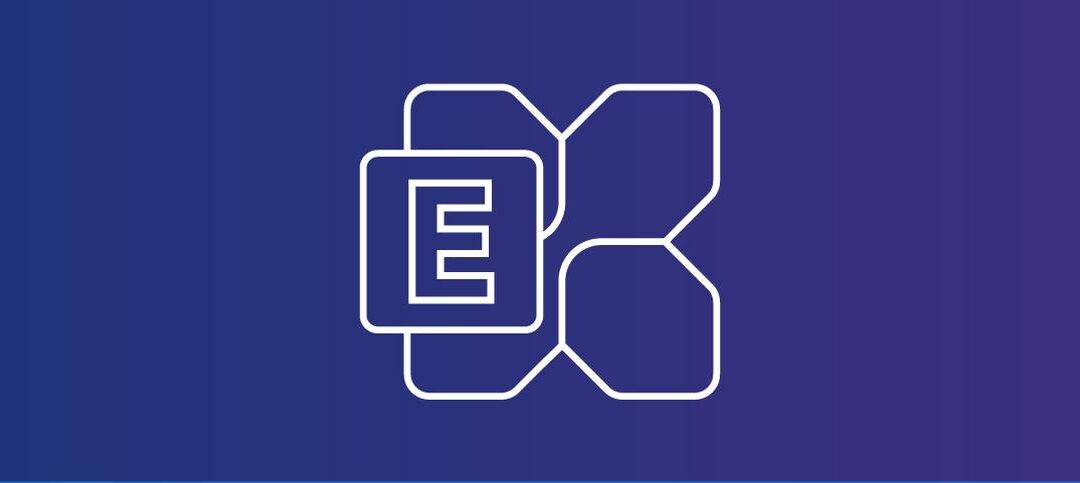
by edward | Oct 3, 2019 | Exchange 2019 PowerShell, Exchange 2010 PowerShell, Exchange 2013 PowerShell, Exchange 2016 PowerShell
Ever had it where you want to remove a database and it just doesn’t work? Well this happened this morning. I got a weird error saying that the database is in a backup status? Well it wasn’t but here is the error: This is a lab so no backups are running, to...

by edward | Sep 26, 2019 | Exchange 2019 PowerShell, Exchange 2010 PowerShell, Exchange 2013 PowerShell, Exchange 2016 PowerShell
When you do maintenance on an Exchange server, you would expect everything to be fine after a reboot? Correct? Well in some cases that does not happen. For example, one of my Database availability Groups (DAG) had the passive copy all in a Suspended state. How do you...

by edward | Sep 26, 2019 | Exchange 2019 PowerShell, Exchange 2010 PowerShell, Exchange 2013 PowerShell, Exchange 2016 PowerShell
Quick tip when exporting certain folders to a PST file in Exchange. Ensure that RBAC is setup for the Mailbox Import/export to work.Ensure your share is setup. Here is the command to export, just like a normal PST export but you including folders”...

by edward | Sep 13, 2019 | Exchange 2019 PowerShell, Exchange 2010 PowerShell, Exchange 2013 PowerShell, Exchange 2016 PowerShell
Quick tip: If you have a DAG with a ContentIndexState showing failed, you can fix it with a simple command in the Exchange Management Shell (EMS): Update-MailboxDatabaseCopy -Identity “DAGNAME\store” -CatalogOnly This will then start a re-seed and it...

by edward | Sep 10, 2019 | Exchange 2019 PowerShell, Exchange 2010 PowerShell, Exchange 2013 PowerShell, Exchange 2016 PowerShell
Ever wanted to quickly find all mailboxes and view the mailbox rights for each of those? Now you can with a PowerShell command that will show it to you. Here is the command below: ForEach($mailbox in (Get-Mailbox)) { Get-MailboxFolderPermission -Identity...

by edward | Sep 6, 2019 | Exchange 2019 PowerShell, Exchange 2010 PowerShell, Exchange 2013 PowerShell, Exchange 2016 PowerShell
Here is a quick tip on how you can check the health of your server that is part of a database availability group (DAG). The command to run is as follows using the Exchange Management Shell (EMS): Test-ReplicationHealth -Identity <ServerName> Below is the 2010...





